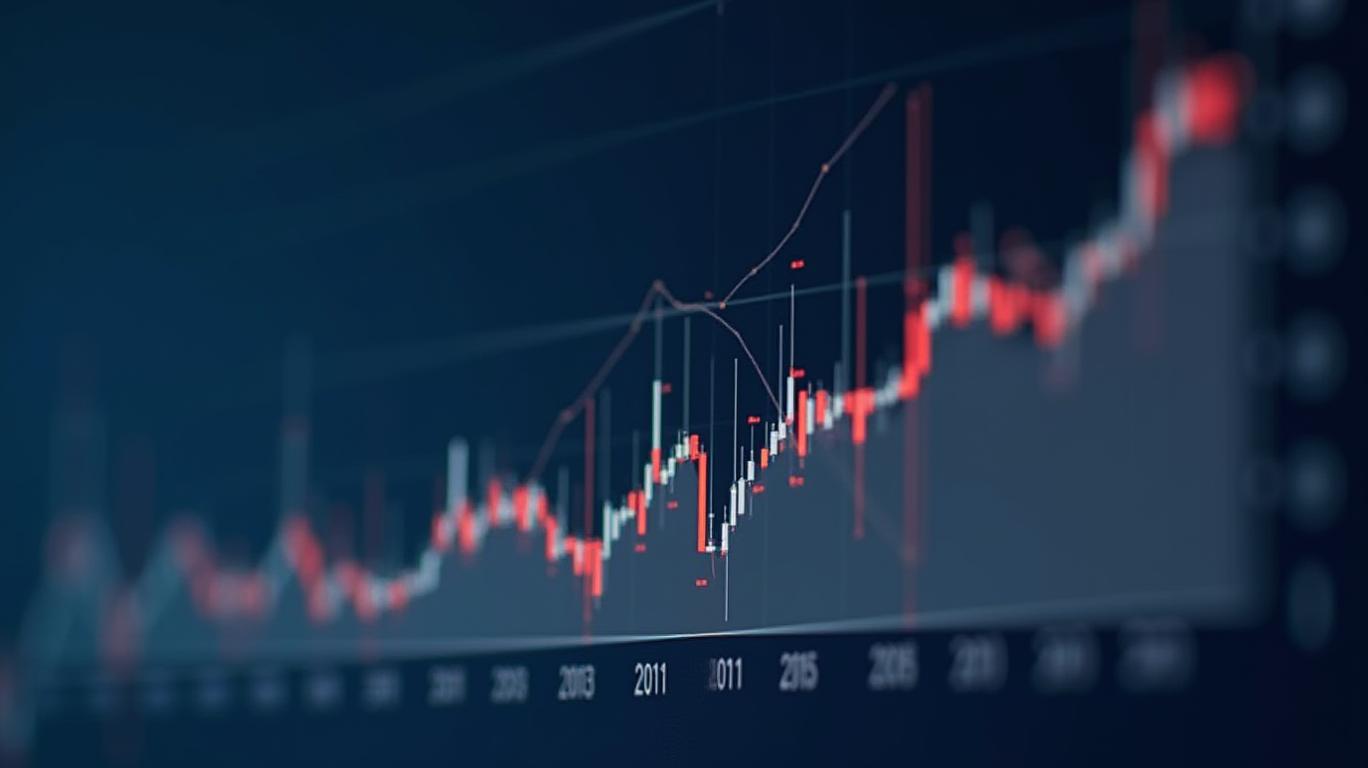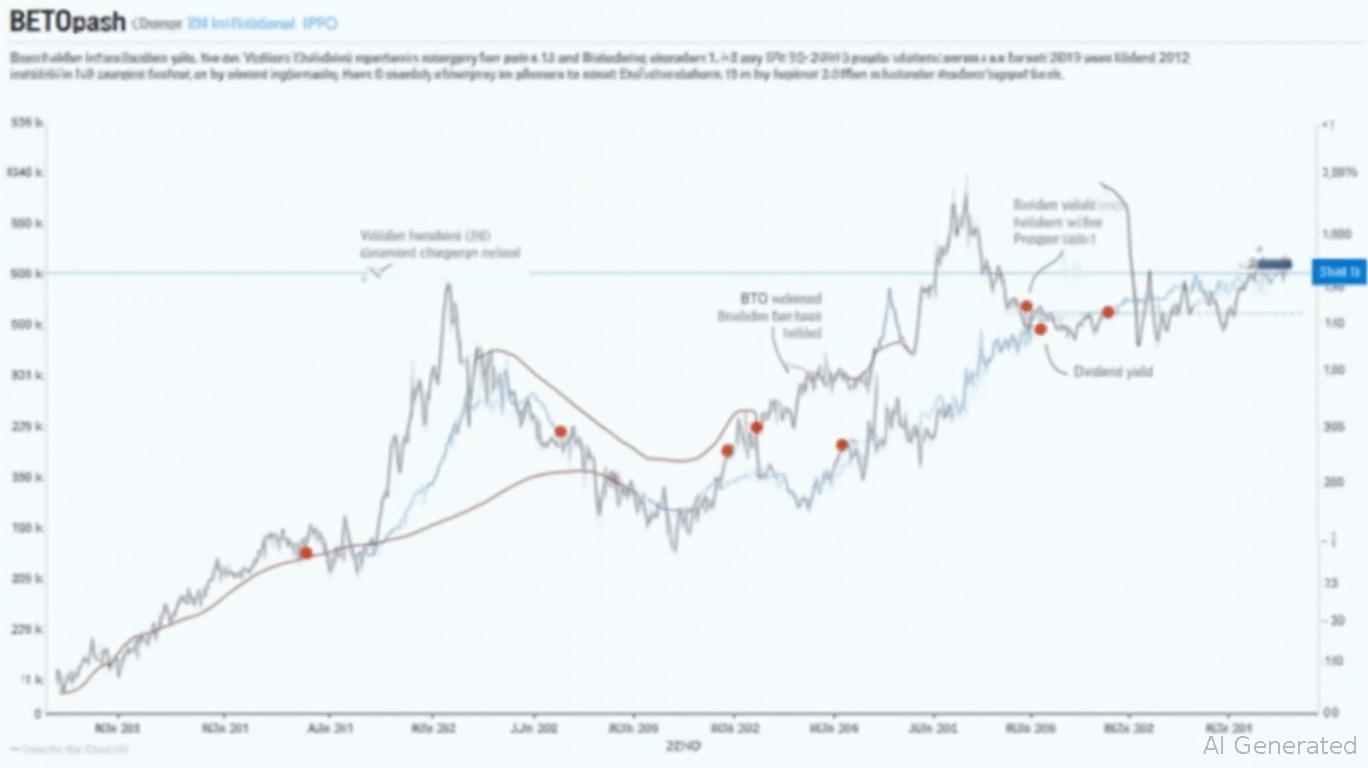Action Alert! BlackRock’s BGT Dividend: A Tempting Yield or a Hidden Risk?
Investors, listen up! BlackRock’s Floating Rate Income Trust (NYSE: BGT) just announced its May 2025 dividend of $0.1203 per share—a move that could make your portfolio sing… or could it be setting you up for a sour note? Let’s break this down.
The Basics: What’s in the Payout?
BlackRock’s BGT is a closed-end fund designed to deliver income through a mix of floating-rate loans and other high-yield assets. The May dividend, declared on May 1, 2025, comes with a twist: only 58% of the payout ($0.0694) is from net investment income. The remaining 42% ($0.0509) is classified as a “return of capital”—a fancy term for the fund dipping into your principal to keep the payouts flowing.
Ask Aime: What's behind BlackRock's BGT May 2025 dividend surprise?
This isn’t a typo. While the $0.1203 monthly distribution might sound sweet (annualizing to ~$1.44/year, or 8.0% of BGT’s April 2025 NAV of $17.99), the return-of-capital component is a red flag. Why? Because it doesn’t come from earnings—it comes from your money. Over time, this can erode the fund’s net asset value (NAV), turning what looks like income today into a loss down the road.

The Numbers: Performance vs. Promises
Let’s get real about the math. BGT’s 10.57% average annual total return through March 2025 is solid, but the fund’s managed distribution rate of 11.82% of NAV (based on a 12-month rolling average) is even higher. That’s a sign of aggressive payouts—so aggressive that the fund must return capital to meet its own yield targets.
Ask Aime: "Should I invest in BlackRock's BGT for a 10% yield, or is it risky?"
Here’s the rub: If the fund’s NAV doesn’t grow fast enough to cover these distributions, shareholders are essentially paying themselves to hold the stock. That’s a Ponzi-like dynamic for investors.
The Risk: Yield Doesn’t Equal Performance
BlackRock’s press release is clear: “Do not mistake distributions for performance.” Translation: Just because BGT pays out 11.82% of NAV doesn’t mean it’s earning that much. In fact, the fund’s 10.57% total return through Q1 2025 lags behind its distribution rate, meaning returns of capital are already eating into principal.
Ask Aime: Is BlackRock's BGT high yield sustainable?
This is a critical point. If BGT’s NAV declines because it’s returning capital, the fund could face a death spiral. Imagine this: falling NAV forces higher return-of-capital percentages to maintain payouts, which further depresses NAV. Rinse and repeat until the fund has to cut the dividend—or worse, liquidate.
The Opportunity: Is the Yield Worth the Risk?
Now, here’s where Jim Cramer’s contrarian streak kicks in. BGT’s May 15 ex-dividend date means investors buying before then get the payout. But is that a reason to jump in?
On one hand, BGT’s floating-rate focus—loans that reset with rising interest rates—could shine in a Fed-hike environment. Its April NAV of $17.99 suggests it’s trading at a slight discount to NAV (common for closed-end funds), which might offer a margin of safety.
On the other hand, the 42% return-of-capital chunk is a ticking time bomb. If BGT’s underlying portfolio can’t generate sufficient income or capital gains, the fund’s payouts are unsustainable.
The Verdict: Proceed with Caution
So, what’s the play here?
Income hunters: If you’re chasing yield and can stomach the risk of principal erosion, BGT’s 8%+ distribution is tempting. But only allocate a small portion of your portfolio, and monitor the fund’s NAV closely.
Value investors: Wait for a deeper discount to NAV or a dividend cut. A 10.57% total return vs. an 11.82% payout suggests the music might stop soon.
Avoid at all costs: If you’re a conservative investor, this isn’t your fund. The return-of-capital structure is a warning sign.
Final Analysis:
BlackRock’s BGT is a high-wire act. With an 11.82% distribution rate and a 42% return-of-capital component, it’s delivering income at the expense of long-term value. The 10.57% total return through Q1 2025 isn’t enough to sustain that payout indefinitely.
Investors should ask themselves: Are you comfortable with the fund returning your own capital to keep the dividends flowing? If the answer is “yes,” go for it—but don’t be surprised if BGT’s NAV takes a hit when rates stabilize or returns shrink. If “no,” look elsewhere for income.
In the end, BGT’s dividend is a siren song. It might sound appealing, but the rocks of return-of-capital lie just beneath the surface. Proceed with your eyes wide open.
Disclosure: The author holds no position in BGT. Past performance does not guarantee future results. Always consult a financial advisor before making investment decisions.











